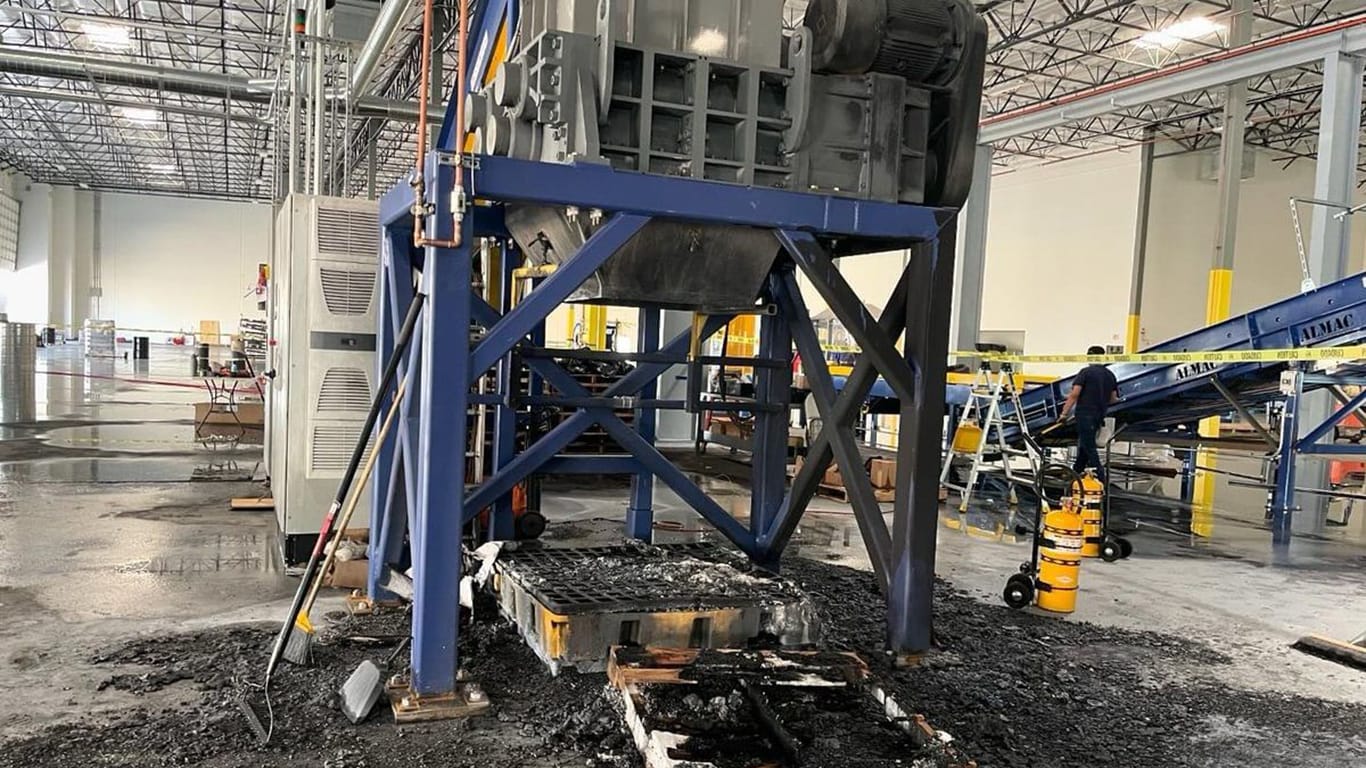Electric vehicles (EVs) offer numerous advantages, including reduced emissions and improved energy efficiency, but they also bring significant risks, particularly related to lithium-ion battery fires. These batteries, a hallmark of EV technology, can overheat or explode when faulty or damaged, resulting in severe fire incidents.
MORE NEWS: 15 must-see places for an Arizona road trip
Such fires are more challenging to extinguish and pose new hazards like toxic fumes and chemical risks. Consequently, there is an urgent need for updated training and preparedness to address these specific dangers effectively.
As EVs become more widespread, emergency response personnel and restoration companies are increasingly confronted with unique challenges. The advanced materials and technologies found in EVs, including high-voltage batteries and specialized polymers, necessitate specialized methods for cleanup and repair.

On average, there are approximately 3,500 fires per 100,000 electric and hybrid vehicles each year, nearly 2.3 times the rate for traditional combustion engine vehicles, underscoring the prevalence of these incidents.
When fires do occur, lithium-ion batteries burn at significantly higher temperatures and for longer durations than traditional fires, often continuing to smolder even without an external oxygen supply. This makes them particularly difficult to manage, requiring considerable effort from emergency responders, and sometimes tens of thousands of gallons of water to help extinguish.
Given the expanding market share of EVs, developing specialized response plans for potential fire incidents is increasingly crucial. These fires introduce unique challenges that demand customized strategies to effectively manage and mitigate associated risks.
EHS Restoration has developed a comprehensive EV fire response and mitigation plan tailored to these specific challenges. The plan addresses key areas such as Hazardous Waste Extraction, Deodorization, Soot Removal, and Repair and Reconstruction.
Proper handling of water and debris from EV fires requires meticulous hazardous waste procedures to ensure safety and regulatory compliance. Soot and persistent odors are treated with eco-friendly chemicals and advanced equipment designed to address these issues effectively.
Repair and reconstruction efforts following an EV fire depend on the severity and location of the incident. For instance, repairs may include work on concrete, asphalt, plumbing, sprinklers, electrical systems, and painting, as well as the replacement of parking lines and EV chargers.
If the fire occurs in a home garage or parking structure, the extent of repairs can be particularly significant, requiring thorough attention to restore the affected areas to their original condition.
By adopting these strategies, our team has safely and effectively managed the complexities introduced by the rise of EVs, ensuring safety, efficiency, and compliance in our operations. With years of experience and hundreds of successful projects, EHS Restoration has a proven track record of excellence in the face of challenging restoration.
Our clients trust us to deliver high-quality results, and we take pride in making a meaningful difference in every project we undertake. When it comes to electric vehicle fire cleanup, we provide expertise, innovation, and a dedication to safety.
Author: Keith Pomonis is the President of Mesa-based EHS Restoration. For more information call (480) 306-5777 or visit ehsrestoration.com.




